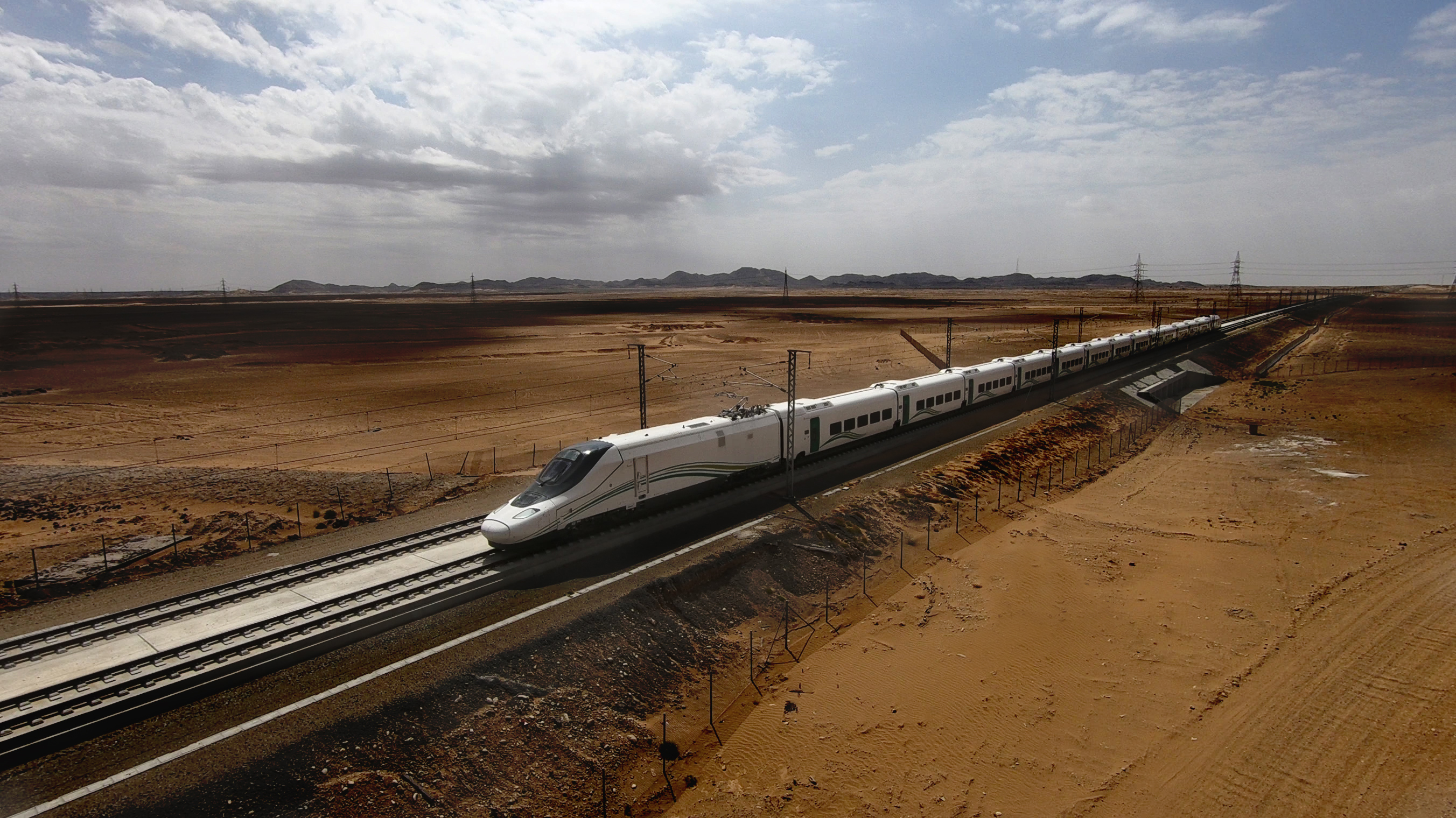“Haramain, el tren del desierto” premieres on Amazon Prime Video and FlixOlé
“Haramain, el tren del desierto” premieres on Amazon Prime Video and FlixOlé
Zebra producciones adds to his professional career the challenge of recording a documentary in extreme conditions, together with the well-known director Gerardo Olivares. Shot between 2019 and 2020, before the COVID-19 pandemic, this documentary shows the largest Spanish industrial project abroad and one of the great technological challenges, the high-speed train between Mecca and Medina (Saudi Arabia). On March 31, 2021, it resumed commercial activity after the service was suspended since March 2020 due to the pandemic.
In the 52-minute long documentary, the impressive landscapes that the high-speed train travels are combined with interviews with key people for the project such as researchers, technicians, drivers and engineers, among others, who challenge the desert to unite the two cities of pilgrimage, Mecca and Medina, with trains that reach speeds of over 300 kilometers per hour.
Gerardo Olivares took charge of this project after directing his latest film "4 cans" and after having traveled over a hundred countries as a documentary director for large international networks such as National Geographic, Discovery Channel, Netflix, ZDF, TVE, NHK and RAI.
As a filmmaker, for him it is a special project because: “It is one of the most ambitious engineering works of the last decades. Spain is a world leader in railway technology and I wanted to know how a project of this magnitude is managed with 12 Spanish companies involved. It affects the whole of Arabia socially and economically and I feel very proud as a Spaniard of this project and to be able to spread it worldwide”.
The construction of the only high-speed train that crosses a desert, facing strong winds, sand storms and temperatures of more than 50ºC, has been carried out thanks to the incorporation of numerous innovations in the trains themselves, specific systems in the road, special materials, sand containment measures, etc.


 ESP
ESP